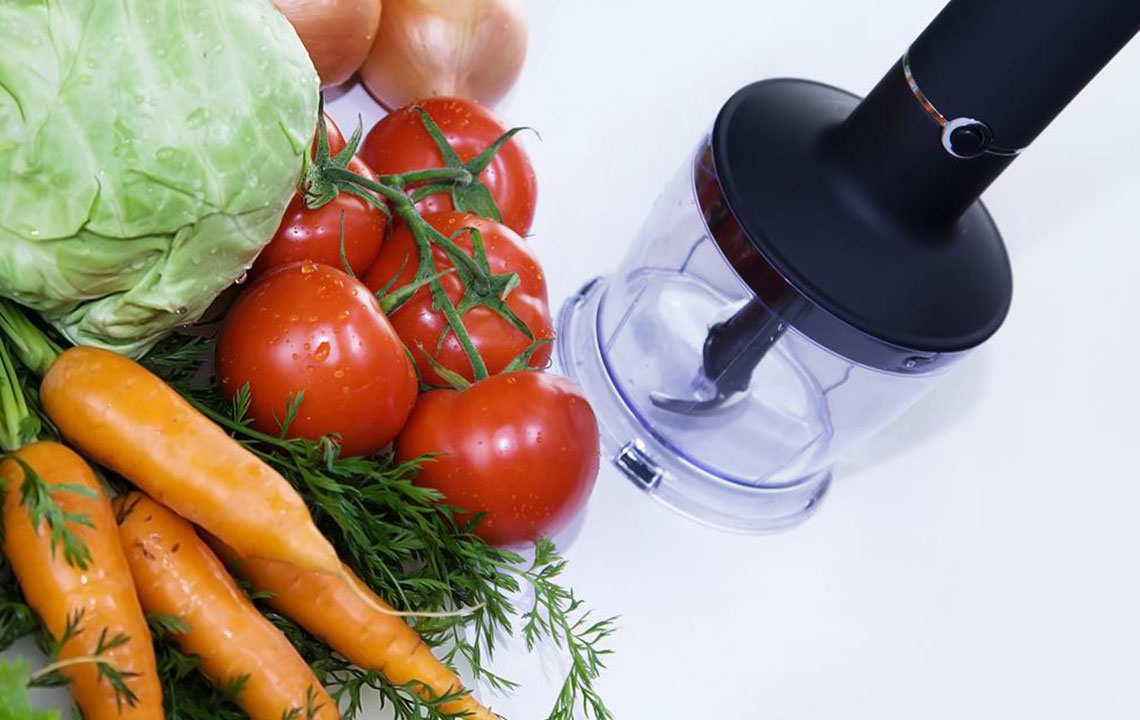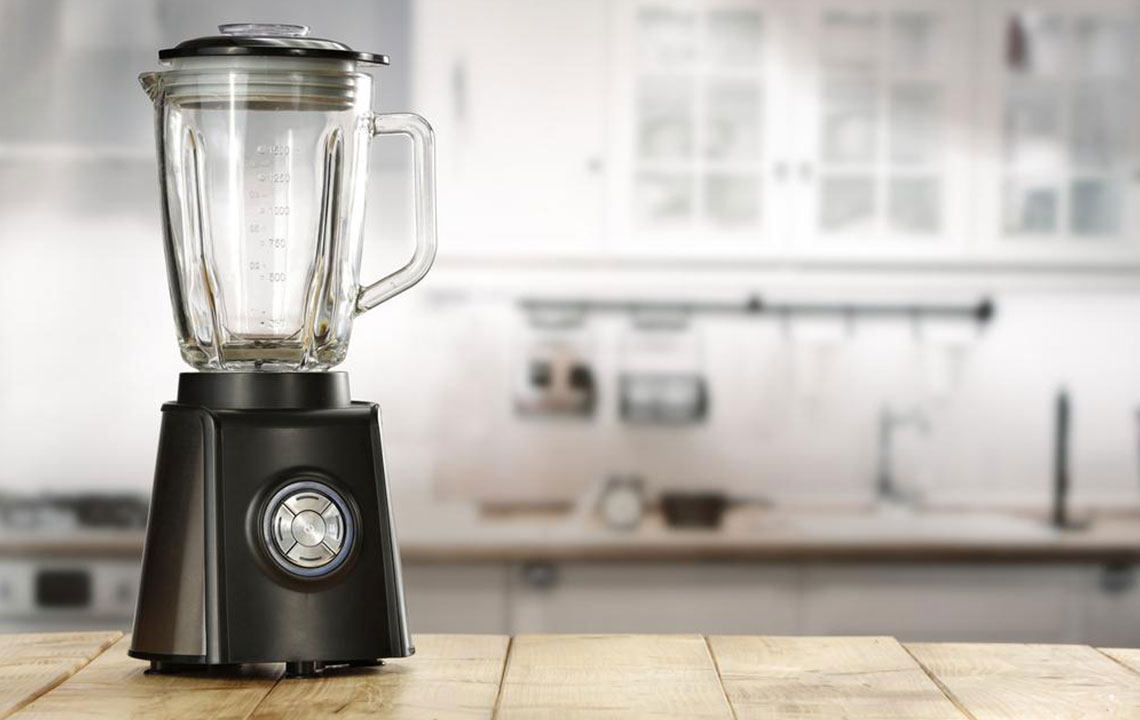Key Parts of a Blender and Their Roles
Discover the essential parts of a blender and their specific functions. Learn how components like blades, jars, and housings work together for efficient food processing. This guide helps you understand the key elements that make your blender effective and easy to clean.

Key Parts of a Blender and Their Functions
A blender is an essential kitchen appliance designed to liquefy, chop, and mix ingredients efficiently. It operates with an electric motor that powers sharp blades, allowing it to crush ice, blend fruits, or puree vegetables. Countertop blenders typically come with a jar and a set of blades at the bottom, while handheld immersion blenders are directly submerged into foods for quick blending.
These devices are valued for their adjustable speed settings, enabling precise control over texture and consistency.
Easy cleaning is facilitated in models with removable blades. The main components include:
Housing – Contains the motor and switches, providing structure and support.
Container – The pitcher or jar, made from glass, plastic, or stainless steel, holds ingredients during blending. Glass jars are favored for visibility and durability.
The lid secures the container, preventing spills, and often features a small opening for adding ingredients without stopping the blender.
Blades – The rotating blades that chop, blend, or puree ingredients at multiple speeds.
Seal – An O-ring gasket between the jar and motor base, preventing leaks when blades are detached.


